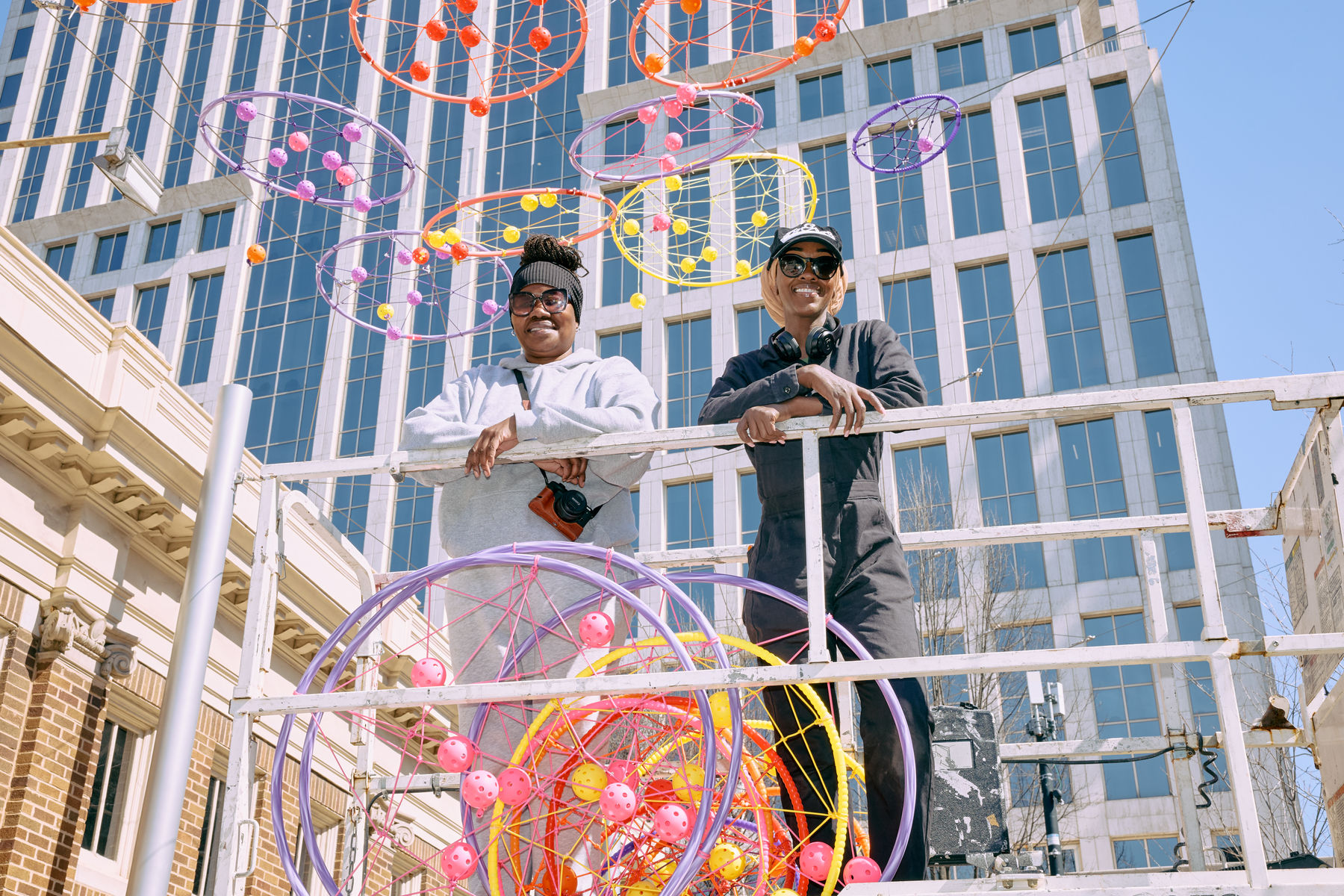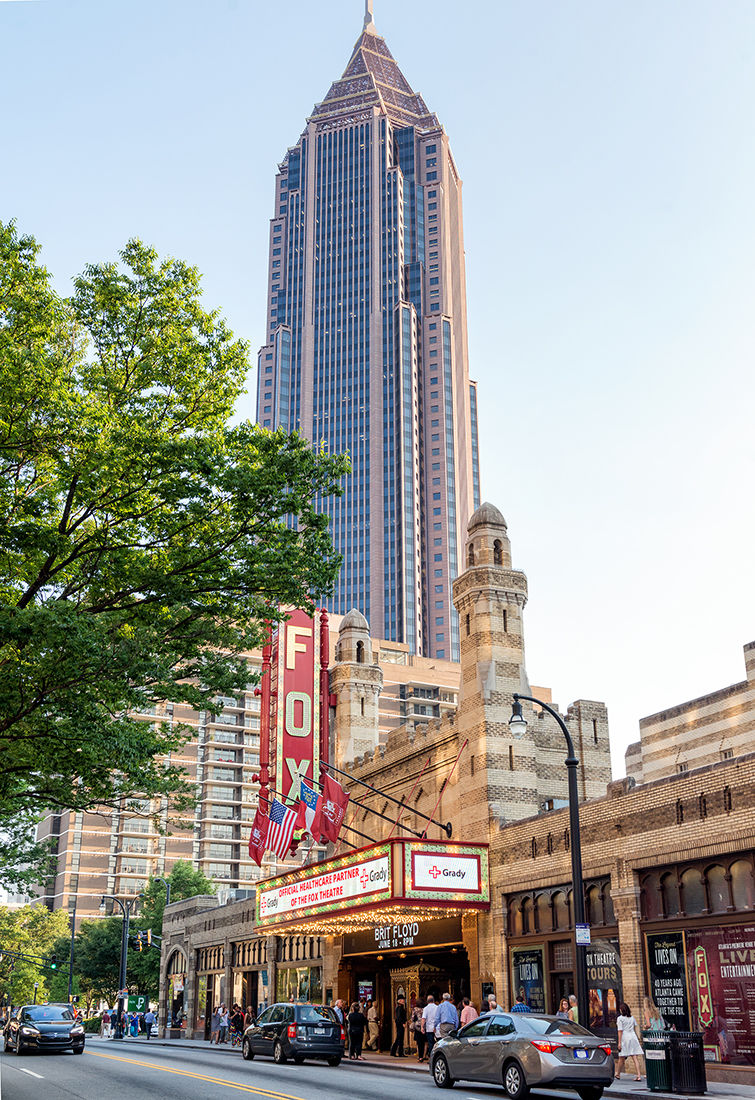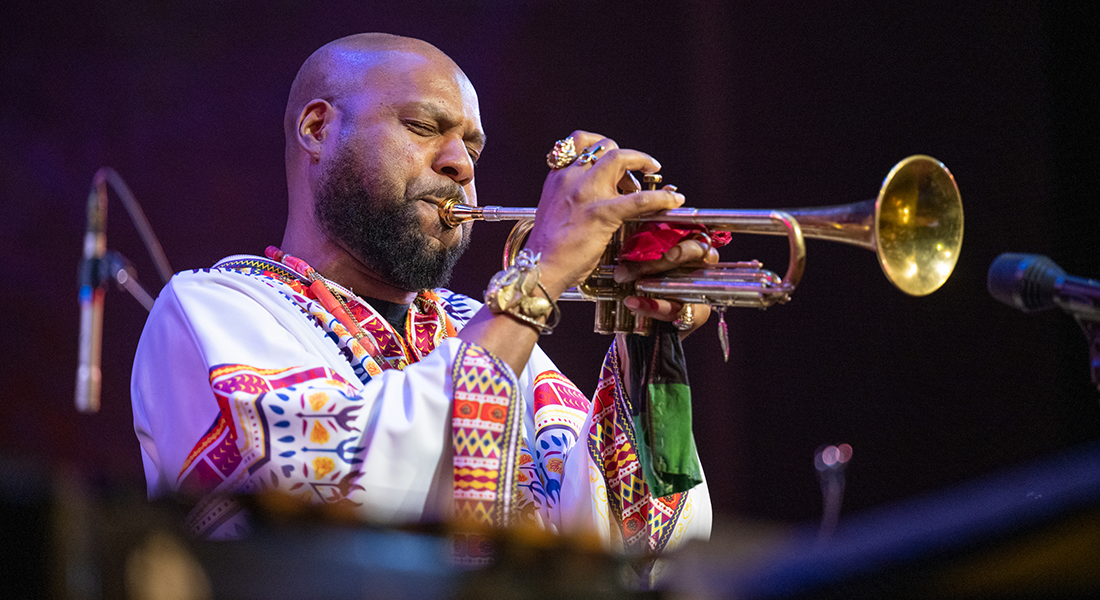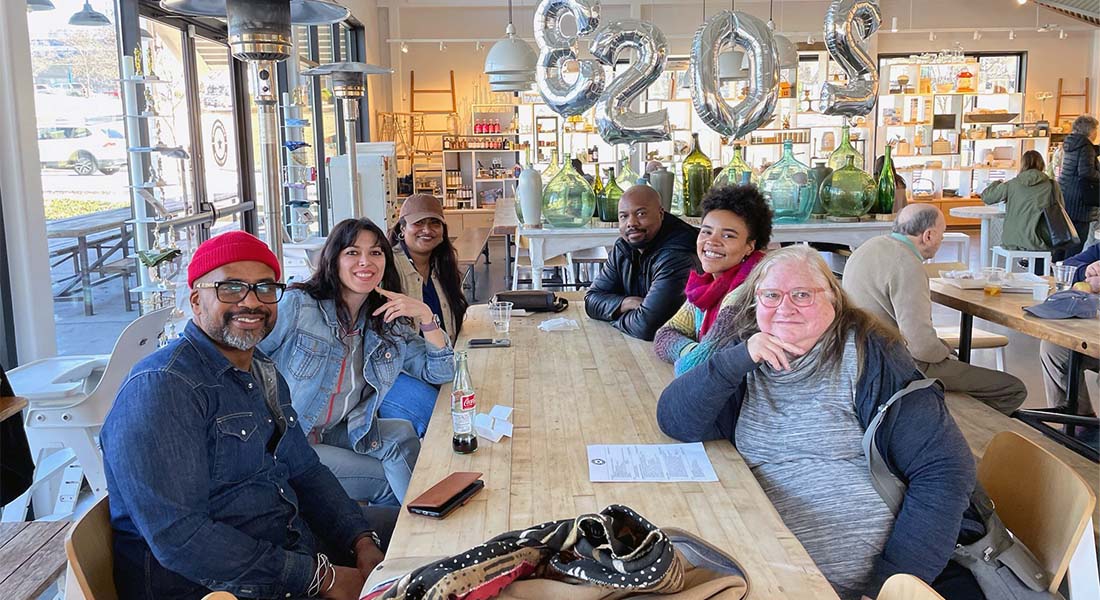New Exhibition on City Life Debuts at the High
See parallels to modern day urban ideas in an exploration of Paris during its formative growth years
09/07/2023
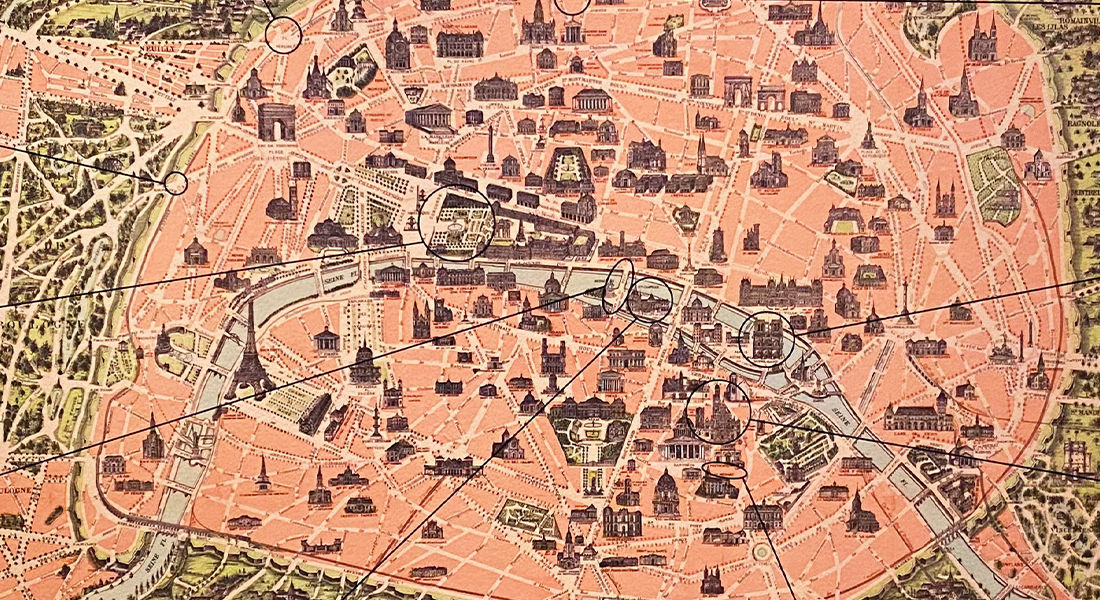
BY GABI RAMIREZ
Picture this…
The sun rises and begins to warm the tops of buildings. Sleepy-eyed workers make their way to the streets, already longing for their return home. Commuters from all walks of life cram into public transit, bumping elbows and shoes. The laughter of children in a nearby park drifts through the tree-lined streets.
A typical morning in Midtown? Yes, but also, Paris in 1896!
While the decisions and principles we consider when planning an exceptional urban experience may seem unique to the twenty-first century, the vision for innovative public life has existed long before improvement districts and Blueprint Midtown. And cities like Paris were at the forefront of urban planning ideas still in use today.
So how did Paris accomplish what we now consider to be an iconic, modern metropolis? And how has this work influenced the countless others who have, and will continue to, follow in pursuit of building an enduring and engaging public experience?
The High Museum’s latest exhibition examines these questions, sharing a glimpse into the city’s formative period of rebuilding, and inviting visitors to experience its history for themselves.
In the City of Light: Paris, 1850-1920
In the City of Light: Paris, 1850-1920 is an intimate guide through the architecture, people, and culture of the iconic French capital during the late nineteenth and early twentieth century. Through prints, drawings, photographs, and sculptures, visitors explore the four themes of life that made up Paris then:
- The City and Its Landmarks
- Life in the Streets
- Parisian Types & Notables
- The World of Entertainment
As you take in each preserved moment in time, you may be surprised to learn the Paris we know now wasn’t a result of random chance but rather, innovative urban planning.
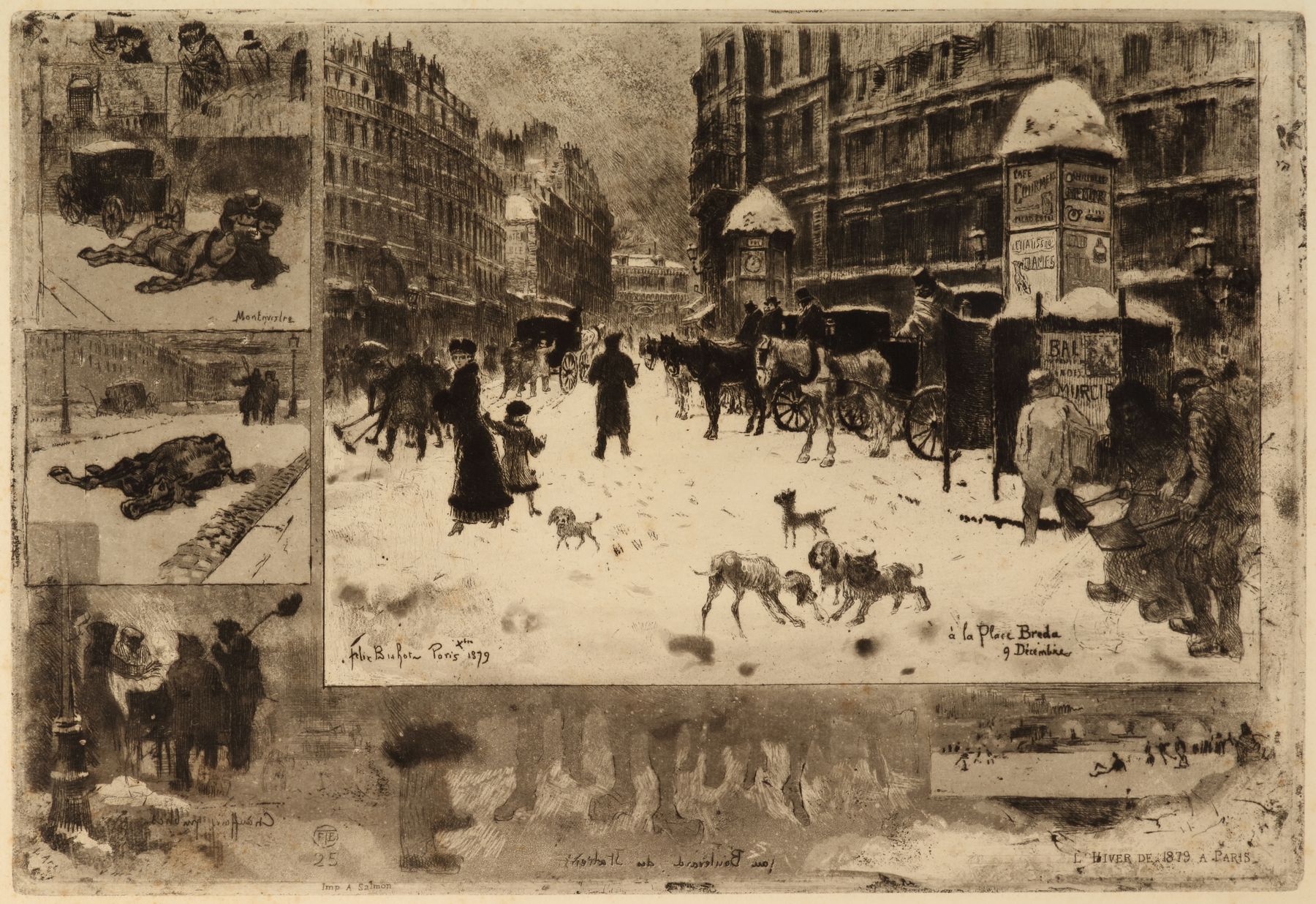
Rebuilding Paris
While visionary to some and controversial to others, Georges-Eugène Haussmann’s impact on urban planning is undisputed, ultimately setting a precedent for the industry in the 20th century and beyond.
Widely considered the world’s first modern urban developer, Haussmann was responsible for carrying out the city’s massive urban renewal program. His impact on Paris more than a century ago has some loose ties to what we experience in Midtown today:
- Wide, straight, tree-lined avenues that connected train terminals, which made fast and easy movement across the city possible for the first time
- The building of new parks and gardens featuring ornamental lawns and exotic flowers
- An increase in the number of streetlights, sidewalks, newspaper kiosks and railings
- New systems of water supply and drainage
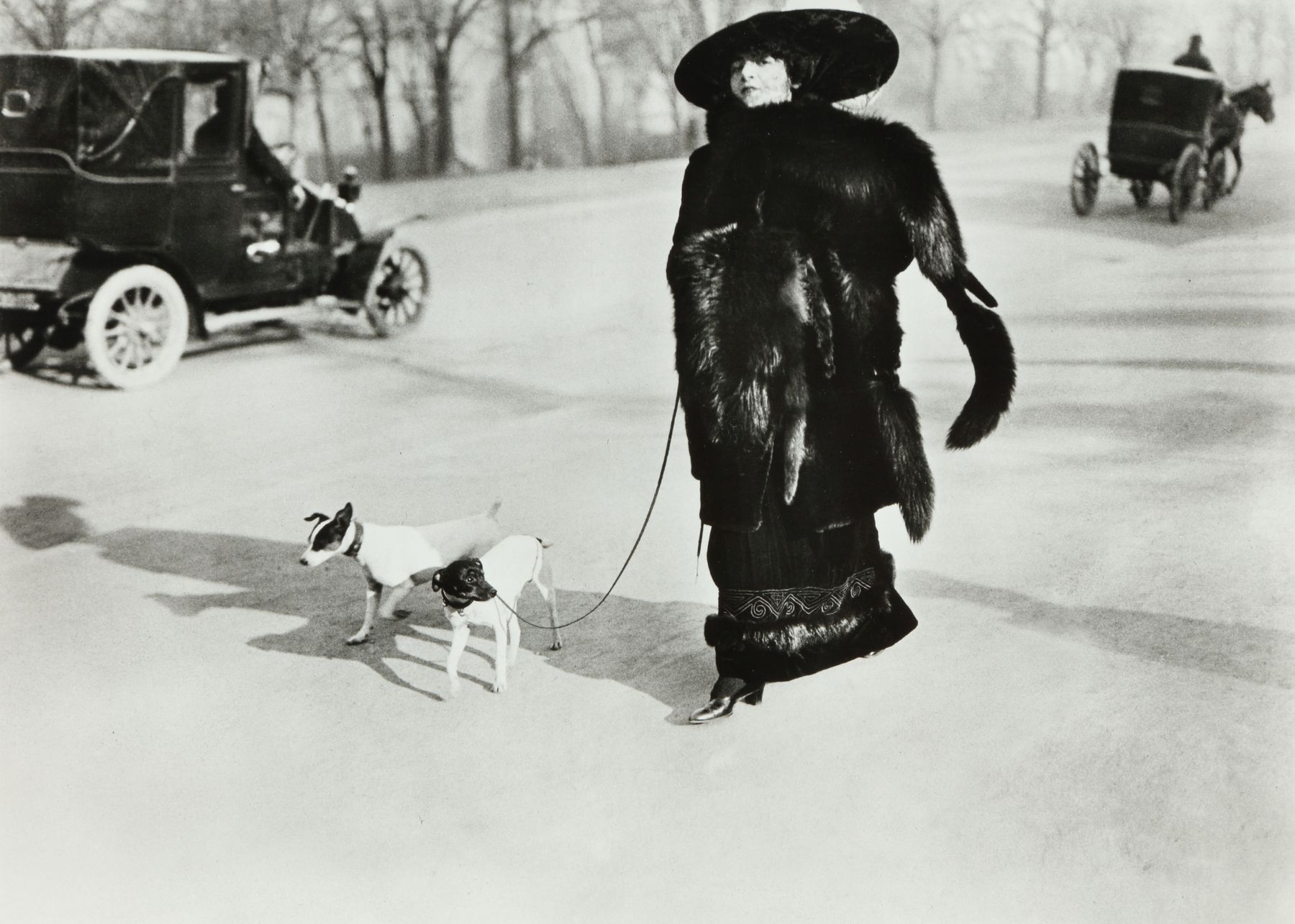
Connections to the Past
Walking through the gallery, you might notice just how uncanny the similarities are to our day-to-day lives over 100 years later in Midtown. Replace petticoats with pants and horse-drawn carriages with cars, and city life back then doesn’t look so vastly different.
A morning stroll down tree-lined Peachtree Street. An afternoon soaking up sunshine in the 10th Street Park. Wide sidewalks perfect for walking to work. How we consider developing and dwelling within our public spaces isn’t too dissimilar from the reimagined Paris that experienced profound change on its streets during this era.
Over 100 years later and 4,370 miles away we are asking ourselves: how can we continue to improve and sustain the quality of life for all who come to Midtown? And how can we create a positive, lasting legacy that endures beyond the here and now?
Experience Paris in Person
In the City of Light: Paris, 1850-1920 is on view now until December 31, 2023. For more exhibition information, visit the High’s exhibition page. Museum tickets can be purchased here.
Want to make a European-inspired day out of your trip to the High? Stop by Holeman & Finch or Café Intermezzo just a few blocks away from the High for a bite to eat afterward.
More Reading:
Get additional info on the exhibition at The High Museum website and brush up on Haussmann’s work by viewing this Britannica entry.
